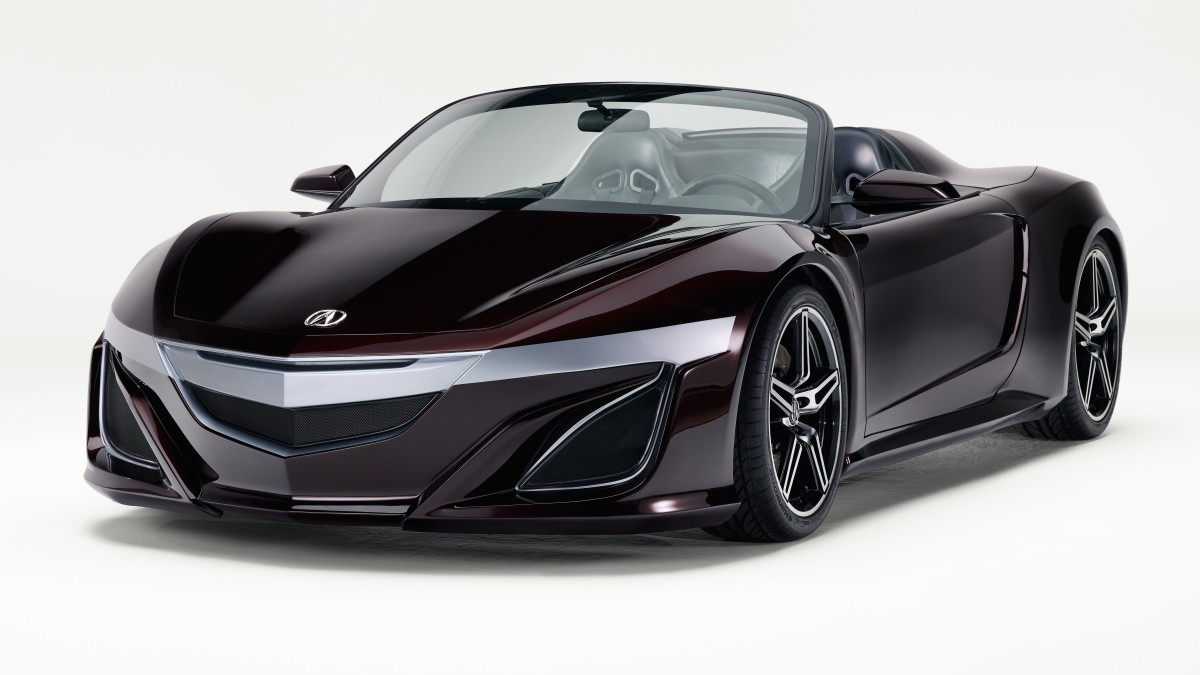(NSI News Source Info) October 21, 2008: A hundred years ago, the French Breguet brothers, borrowing a page the Wright brothers across the ocean, lifted off in a flying apparatus for the first time, thus marking the birth of the ‘vertical ascent plane.'
In Russia, it was Nikolai Kamov and Alexander Mil who designed helicopters. Kamov's company marks its 60 anniversary this year, while Mil is just one year older.
By competing and vying with each other, the two design bureaus have gained world fame: their 5,200 helicopters have flown in more than 80 countries; they also sport the flags of the UN and the Red Cross. The Mil outfit has produced 15 basic models and more than 200 versions. The Mi-28N Night Hunter is not an upgrade, but the first military helicopter on the post-Soviet space and the main combat vehicle for Russia's Defense Ministry.
The Kamov firm, starting with systems for the navy, has become the only company in the world to launch a serial production of ‘co-axial helicopters' (two counter-rotating blades give increased maneuverability and stability to the craft). And now recall the killing ability of Black Sharks, and the two-seater Alligator, which has a strike potential unequalled anywhere else in the world. It has an onboard digital computer, while pilots are provided with helmet-mounted target designators, thermal imagery technology.
In the post-Soviet period, the two firms experienced nasty bumps on the road to the free market. They paid exorbitant prices for materials and parts, and suffered arrears from customers. Meanwhile, the profit-bringing export flow must never flag, and besides Russian oil workers, rescue services, businesses and the military also need helicopters as good as those supplied to the West. The current demand for civilian helicopters alone is more than 2,000 units. But the industry has its specifics, Mikhail Kazachkov from the Helicopter Industry Association told RIA Novosti in an interview. Its bane is the lengthy production time: an idea to finished product takes, on average, 12 years.
The authorities have decided to restructure the helicopter industry, to optimize its cash flows and make it more competitive. For that purpose they brought its separate branches under one umbrella, called Helicopters of Russia. Reformers from the Industry and Trade Ministry and the Oboronprom Corporation are currently integrating the design bureaus, manufacturing facilities, and service centers more vigorously than in aircraft building. Things are moving toward the unification of research, technical and production policies. And in order to lay a good groundwork for continued efforts, a unified scientific and engineering council, and an innovation engineering center have been set up. According to Sergei Mikheyev, Kamov's general designer, a competitive and creative spirit, emphasis on extra-corporate aims, and the merging of the two teams, although seemingly paradoxical, have produced excellent results.
The reform pursues strategic aims: to make Russia the world leader in seven years, bring the output of helicopters to 450-500 units per year by 2015 (the current figure is 120), and to corner 15% of the world market, while increasing sales to 400 billion rubles. Asset concentration, effective management, and optimization of intellectual resources, production facilities and costs are the overriding objectives.
New projects have great importance as well. According to Andrei Shibitov, the head of Helicopters of Russia, the first project in the development program through 2015-2020 will be a basic high-speed helicopter: "Its concept is not just high speed, it is a combination of many new features." The second project will be a light helicopter in the weight class of 1.5 to 2.5 tons. "Today we are working on the Mi-34, but it is not a helicopter of the future. Western equipment compels us to go one better," he said. Designers are not going to catch up with the Robinson company, but are aiming at an entirely new product with an advanced Russian engine. The third project concerns helicopter gunships. Russia is not going to upgrade the Night Hunter or Alligator, but will develop whole new systems of the fifth generation. Finally, there will be a project to develop a multi-role unmanned aerial vehicle.
Different versions of the Ka-32 successfully operate in Canada, Korea, Chile, Mexico, Spain, Portugal, Japan and China. Contracts have been signed to supply Mi-24NPs to the Russian air force and Mi-35Ms to Venezuela. Work is under way on secret projects for security agencies.
Helicopters in Russia are a must, they provide transport services where there are no roads or waterways. According to the Industry and Trade Ministry, Russia has less than 14 civilian helicopters per one million of population, while in Canada the figure is 56; in the U.S., 40; and in Japan, 15.
Subscribe to:
Post Comments (Atom)


















No comments:
Post a Comment